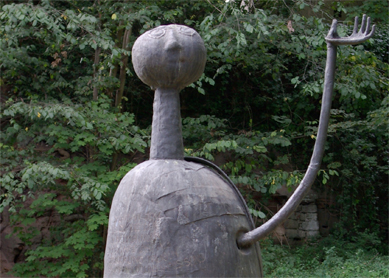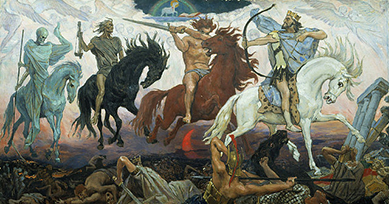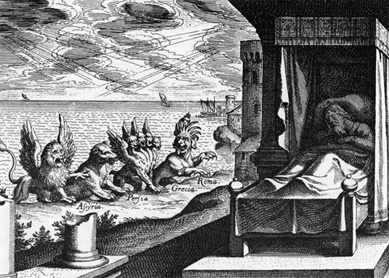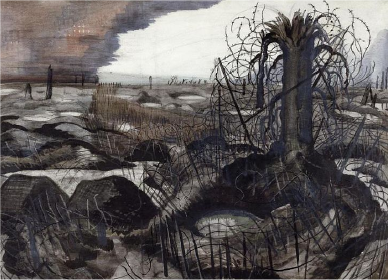The first two chapters of Joel contain several dramatic scenes of desolation in Judah. These poetic depictions are interlaced with laments, injunctions, and words of hope. Taken as a whole, the chapter moves from calamity to recovery. Like many other prophetic texts, these poems are overflowing with inventive imagery. The non-human elements of creation are particularly prominent beginning with verse 4, which describes an unprecedented and devastating wave of locusts afflicting the land.
Are the locusts symbolic?
Many questions have been raised about this plague of locusts. Is verse 4 describing an actual plague of locusts afflicting Judah? Or are the locusts metaphorical or symbolic of a foreign army? Do they perhaps foreshadow an invasion to come when the “day of the Lord” finally arrives? Additionally, four different Hebrew terms are used to describe the locusts (“cutter,” “locust,” “grub,” “hopper,” in English). Could each term represent a different nation, king, or event? Or perhaps they represent different stages of the locusts’ development? Perhaps the use of four different terms simply underscores the completeness with which the locusts devastated the land. These questions are made even more difficult by the book’s lack of a concrete historical setting (see
How do the locusts fit into the larger message of
These are all important questions. But what is often overlooked in studying the identity of the locusts is how they fit into the larger constellation of creational forces and imagery utilized in Joel 1-2. When taken as a whole, these chapters depict acts of judgment and salvation that are cosmic in scope, involving the entire natural order—from the stars in the sky to the very soil itself. The locusts in
For example, enemy invaders are described metaphorically with the “teeth of a lion” (
Even the world’s light is diminished. The day of the Lord will be one of “darkness and despair” (
When the Lord’s salvation finally arrives, it also happens on a creation-wide scale: The land brings forth “new grain,” “new wine,” and “new oil” (
Bibliography
- Barton, John. Joel and Obadiah. The Old Testament Library. Louisville, KY: Westminster John Knox Press, 2001.
- Seitz, Christopher. Joel. The International Theological Commentary on the Holy Scripture of the Old and New Testaments. London: Bloomsbury T&T Clark, 2016.
- Sharp, Carolyn J. The Prophetic Literature. Core Biblical Studies. Nashville: Abingdon Press, 2019.





